1. Overview of Optical Fiber Shape Sensing
Optical fiber shape sensing technology is another new research direction in the field of optical fiber sensing in recent years. At present, except for a few foreign products in commercial application, there are no mature products in China for the time being. However, many domestic universities and Research institutions have long been involved in the field of optical fiber shape sensing. Due to the limitation of swept frequency laser and special fiber preparation technology and femtosecond grating technology, the technical direction of wavelength division multiplexing is currently being studied in China. The limited number of sensors leads to problems such as low spatial resolution. Therefore, the space division multiplexing method adopted by the TSSC is a better solution at present.
2. Application of optical fiber shape sensing and commercialization of TSSC products
In the application field of optical fiber sensing, different application scenarios often have widely different requirements for sensing technology. For short-distance and high-precision occasions (usually meter level), what can be seen at present is mainly focused on the catheter position tracking of medical minimally invasive interventional surgery. At this time, the real-time data refresh frequency of the whole set of sensing technology is required to be very high. The positioning accuracy of the catheter end is also below the millimeter level. The typical applications in several fields of optical fiber shape sensing are introduced below.
2.1 Medical field
The emergence and development of fiber optic shape sensing technology relies on linear continuous shape sensors, and continuous fiber optic shape sensing opens the door to a variety of medical applications. Helps navigate and position endoscopes and catheters by leveraging the continuity, real-time, immunity to electromagnetic interference, and high-precision resolution of fiber-optic shape sensing. At the same time, the supporting demodulation instrument can display the generated data on the monitor to show the position and path of the sensor and catheter. The image can also be combined with the previous modeling graphics to show in real time that the endoscope path has reached the lesion at the fastest speed. Through this combination, the radiation exposure time can be significantly reduced.
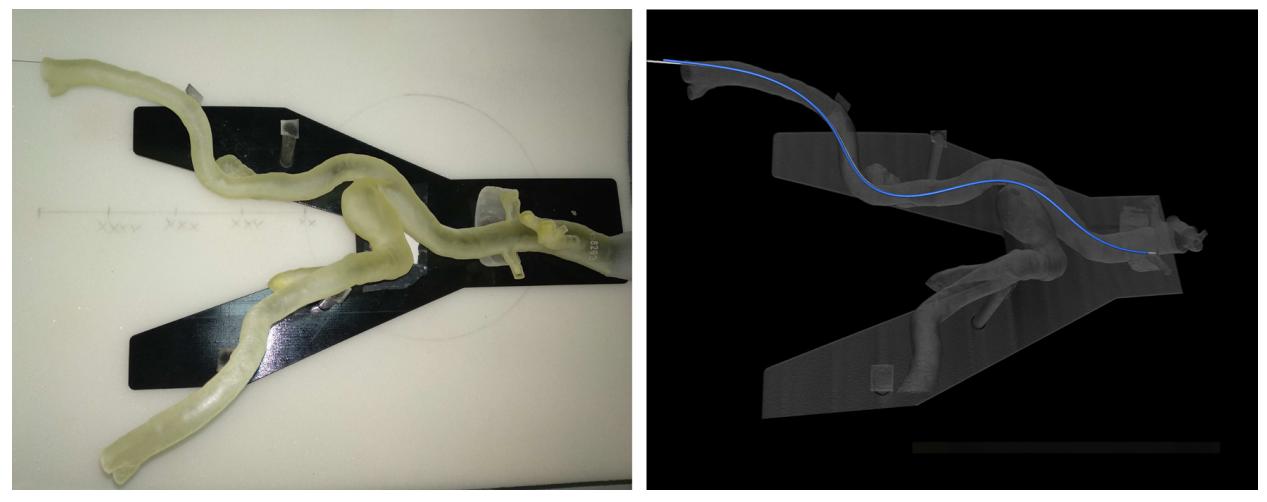
Figure 1: Fiber optic shape sensing application process: the first image shows a blood vessel model, the second image is a 3D map reconstructed from a CT scan and fiber path display
Medical Case 1: Optical Fiber Shape Sensing for Lung Biopsy
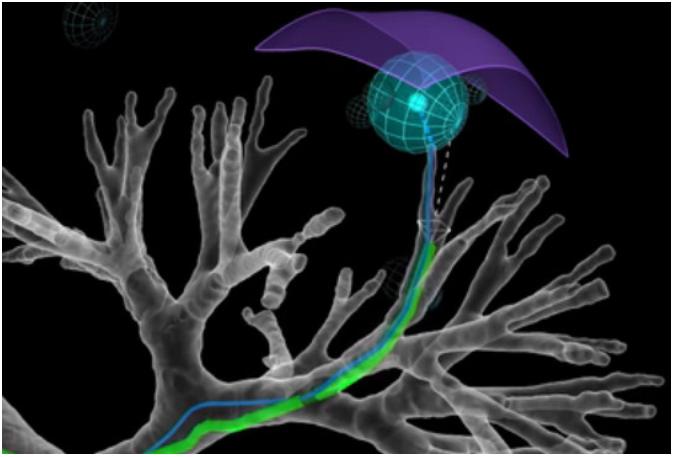
Figure 2 Ion System Biopsy with Integrated Fiber Optic Shape Sensor for Lung Tissue Sampling
Fiber Optic Shape Sensing Technology Enables Active Control of Catheter Position During Navigation and Biopsy
Provides the stability required for precise placement of biopsy tools
Medical Case 2: Optical Fiber Shape Sensing for Cardiac Electrophysiology
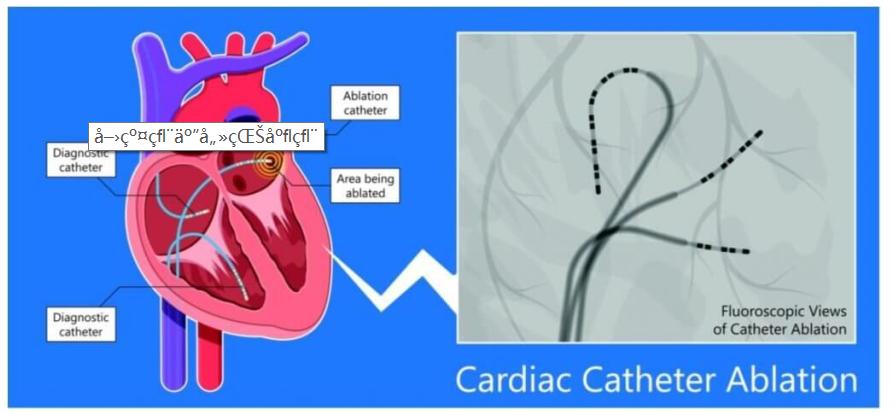
Figure 3. Used for cardiac electrophysiology to reach the site to be tested
Significantly reduces the use time of X-rays and fluoroscopy
Reduce surgery time through more efficient and intuitive visualization and navigation
Fiber-optic shape sensors can be used in patients with pacemakers and other implants due to their innocuous effects on electromagnetic interference
Provides a path and rotatable 3D view of the entire interventional guide wire of the device
Medical Case 3: Optical Fiber Shape Sensing for Gastrointestinal Endoscopy
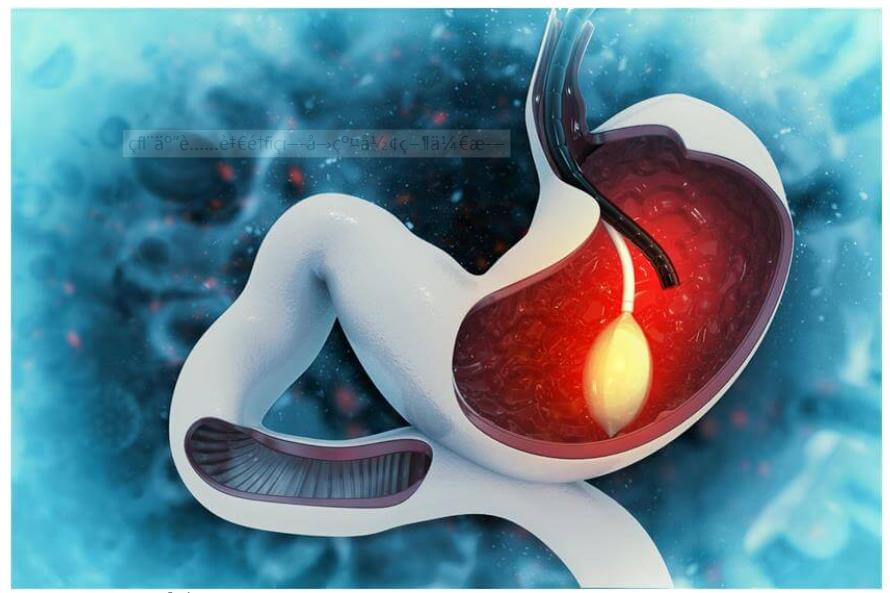
Fig. 4 Optical fiber shape sensing can be used for navigation of gastrointestinal endoscopy
Provides the shape and position of the entire catheter during insertion
Far-end control indicated by the camera can be linked to the near-end input at the device handle
Prevent duplication and perforation
Medical Case 4: Optical Fiber Shape Sensing for Orthopedic Punch Positioning
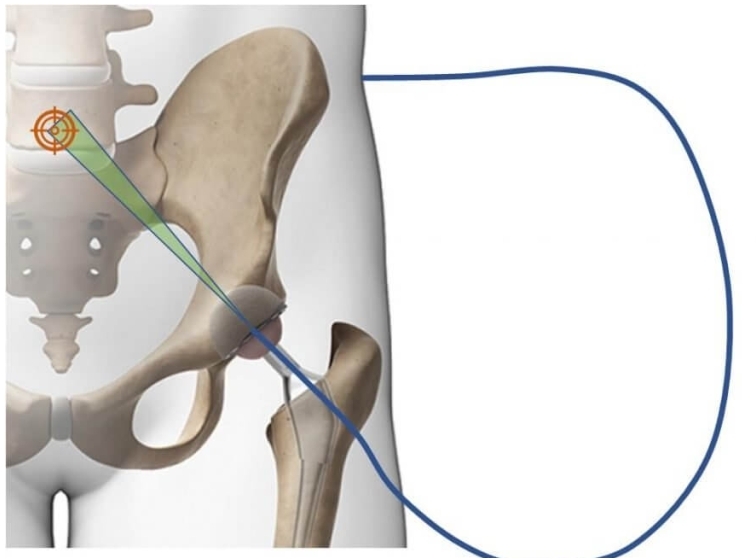
Figure 5 Optical fiber shape sensing can be used in orthopedic surgery
Provides tool alignment and guidance for the acetabular cup replacement process
Tracking and targeting implants during drilling procedures
2.2 Application of Optical Fiber Shape Sensing in Aerospace and Defense Industry
The ability of fiber optic shape sensing to determine position, curvature, and twist in a distributed environment provides an ideal measurement solution for aeroelastic characterization and feedback control. Fiber optic shape sensing, combined with its small size and long fatigue life, provides measurements that cannot be achieved with conventional techniques.
Aerospace Case 1: Measurement of Deformation State of Aircraft Wing
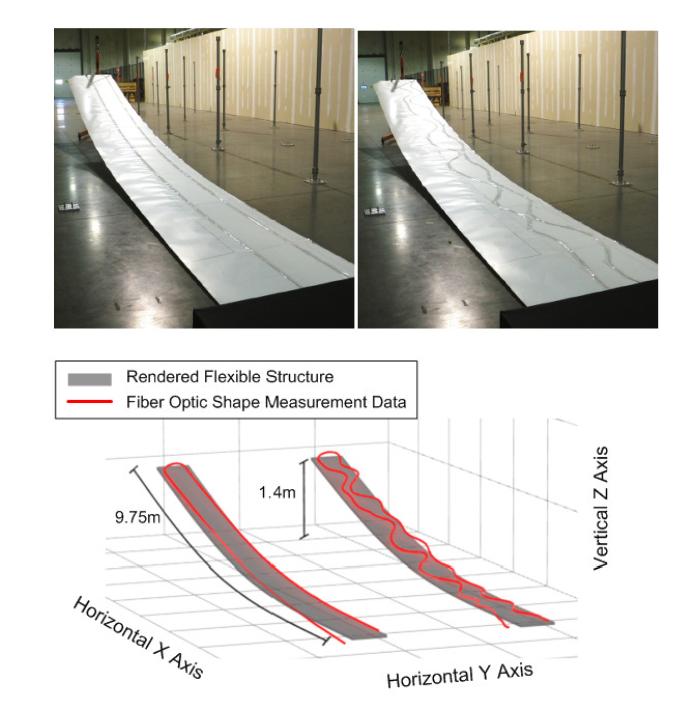
Fig. 6 Measurement device and measurement results of spatial deformation of flexible structure, the multi-core fibers are arranged as U-shaped (left) and convolutional (right)
The multi-core fiber shape sensor (30 meters in total length) is arranged on the surface of the flexible structure (the structure is about 10 meters long), and the spatial deformation of the measured surface is obtained by reconstructing the spatial position of the multi-core fiber. As shown in Figure 6, the multi-core optical fiber is laid out on the surface of the test plate to measure the spatial deformation device diagram and measurement results. The optical fiber layout is U-shaped and convolutional. The reconstruction error is below 1.5%. This technology provides a good means for deformation monitoring of large flexible structures.
Aerospace case 2: It can be used for navigation and positioning during the internal maintenance of the engine
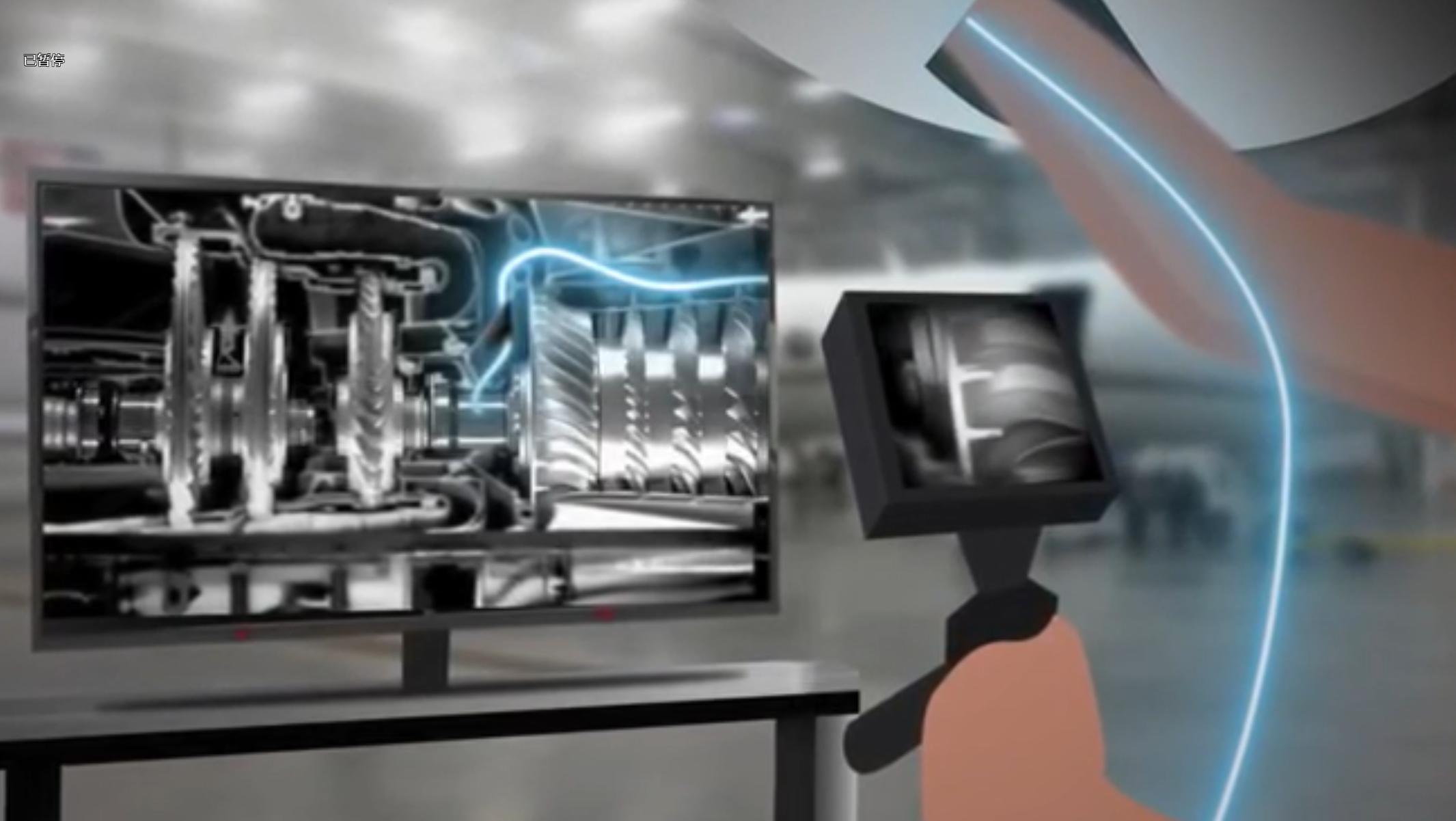
Figure 7 Optical fiber shape sensing can be used for engine troubleshooting
At this stage, it is more common to use manual and robotic endoscopes to visually inspect and even perform repairs on engine internals. Fiber optic shape sensing is being integrated into these inspection and maintenance devices to enable operators to track where they are, quickly return to previously discovered fault locations, and store their location information.
2.3 Application of Optical Fiber Shape Sensing in Energy and Civil Engineering
Energy Case 1: Attitude Control of Drills
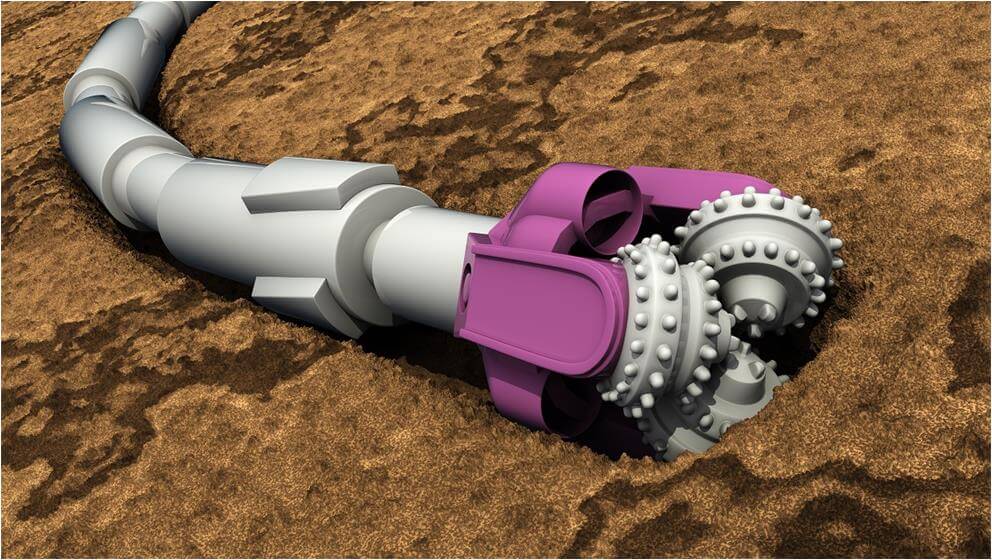
Figure 8 Optical fiber shape sensing can be used for attitude control of drill bits
Oil and gas companies are embedding fiber-optic shape sensing technology into their drilling heads to understand where and which direction they are digging. Nuclear power plants regularly verify that the rod bundles maintain their optimal straight shape to ensure safe operation.
Civil Engineering Case 2: Experimental Case of Tunnel Soil Settlement
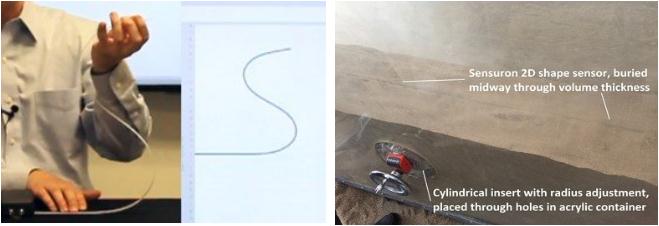
Figure 9 Optical fiber shape sensing can be used for settlement monitoring in civil engineering
The experiments were tested using a fiber optic shape sensor about 3 meters long. Fiber optic shape sensors consist of a thin, flexible tube with one or more optical fibers attached to the top or bottom surface. As the tube bends, the measured bending strain distribution is used to obtain a spatially continuous measure of the bend radius of the tube. Using these values, a 2D displacement profile can be derived along the entire length of the tube.
3. Main technologies of optical fiber shape sensing and TSSC product parameters
The three core technologies of optical fiber shape sensing are introduced below, which are sensor design and configuration, distributed strain measurement method and spatial reconstruction algorithm.
3.1 Sensor Design and Configuration
The optical fiber shape sensing technology requires the use of several optical fibers with a specific arrangement to be closely combined in configuration, and the relative positional relationship between the multiple optical fibers and the neutral plane is required. The purpose of this design is to make the fiber shape sensor produce a differential strain response of each fiber when deformed. What TSSC adopts is the structure of four-core helical optical fiber, three optical fibers are arranged in a helical shape on the outside, and there is a parallel optical fiber in the middle. The outer three fibers are rotated once every 1 cm.

Fig.10 Fiber structure of TSSC, d is the grating spacing, L is the grating length
3.2 Distributed strain measurement method
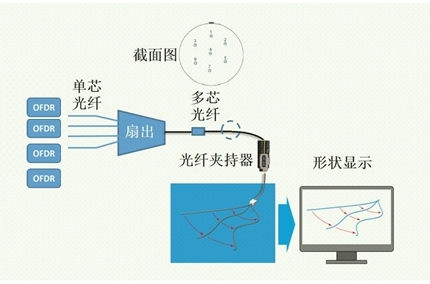
Figure 11 Schematic diagram of OFDR shape sensing technology of TSSC
3.3 3D reconstruction method
In the reconstruction process, the 3D reconstruction algorithm realizes the function of transforming the strain on the multi-path specific optical fibers into the spatial position coordinates of the sensor centerline. The reconstruction algorithm affects the accuracy of the position solution. This method converts the spatially distributed strain into the characteristic parameters curvature and torsion of the curve, using the Frenet-Serret Formulas of the relationship between the tangential, normal and binormal directions of the curve in three-dimensional space, through the distribution The strain value of each position in the fiber is calculated by the sensor method, and the differential equation is solved numerically to obtain the position of the multi-core fiber in the three-dimensional space.
3.4 Index parameters of TSSC optical fiber shape sensing
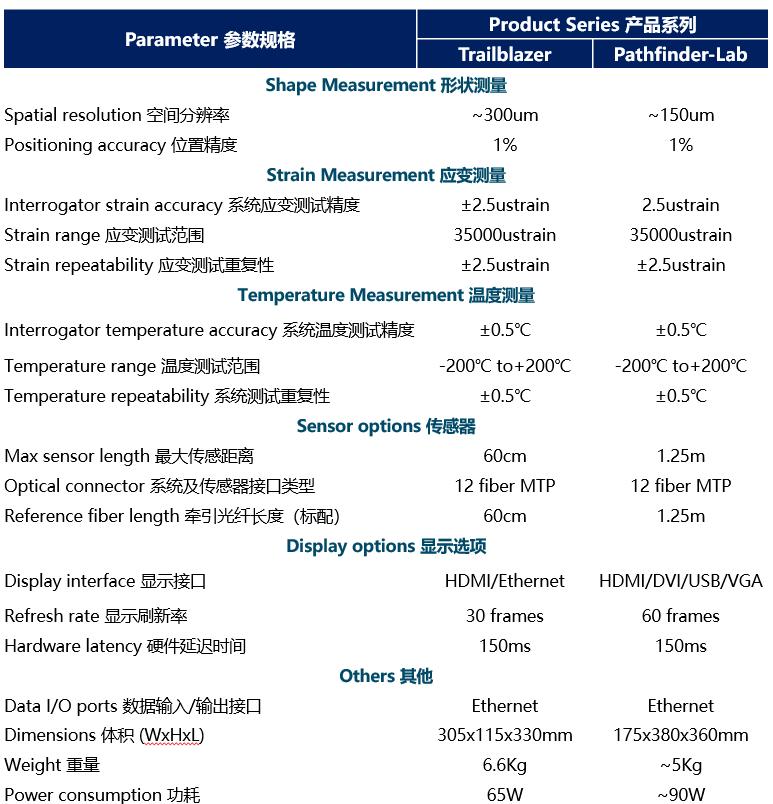
Figure 12 Performance parameter table of TSSC
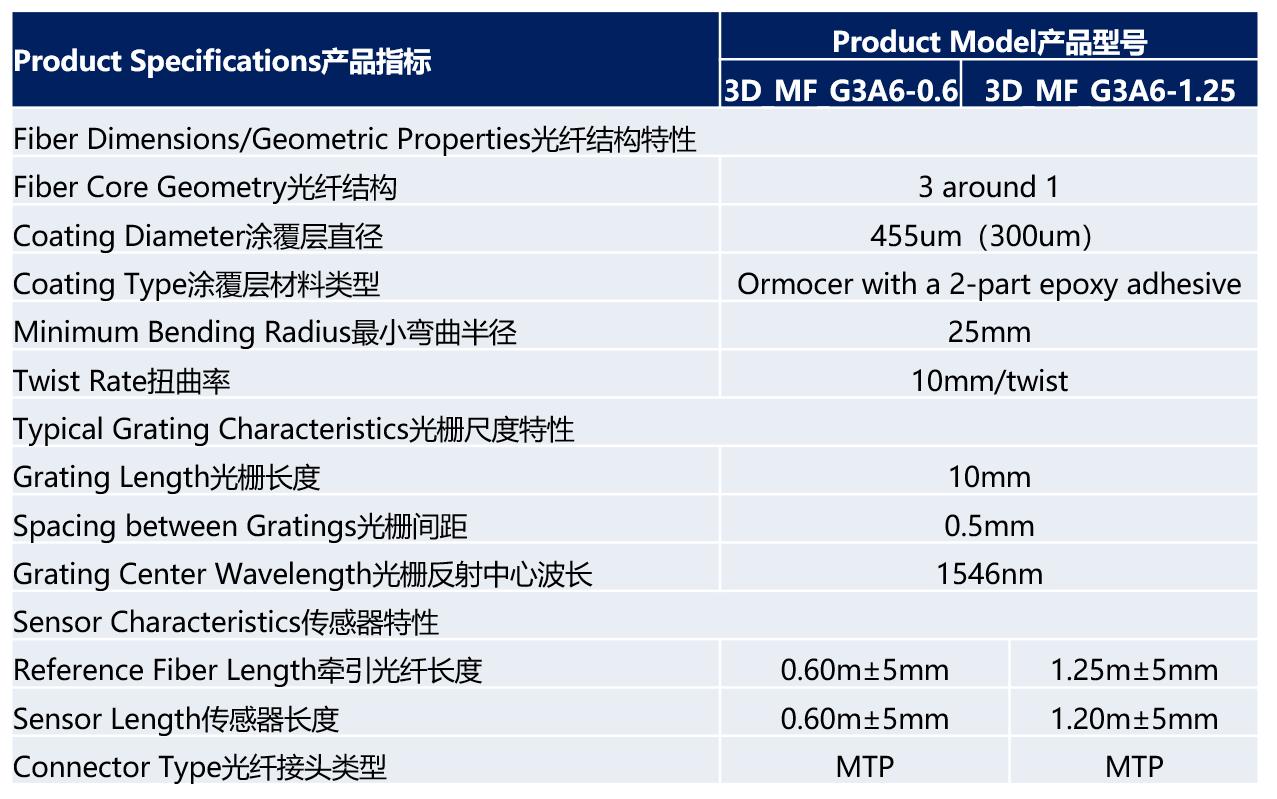
Figure 13 Sensor Parameters
4. Conclusion
Compared with the traditional shape measurement method based on electrical technology, optical fiber shape sensing technology does not require complicated wiring and connection of multiple sensors, which can greatly reduce the difficulty of layout, and can be used in many occasions where electrical sensing methods cannot be used. The small size makes it easy to integrate into the measured object, and the fiber-optic sensor's immunity to external electromagnetic fields further expands its applications. In terms of key technologies, sensor design, distributed strain measurement methods and 3D reconstruction algorithms are the most studied directions in recent years. There are still many problems and challenges in the application of optical fiber shape sensing technology, especially in combination with specific measurement scenarios, which will be the direction of further research and development of optical fiber shape sensing technology.















